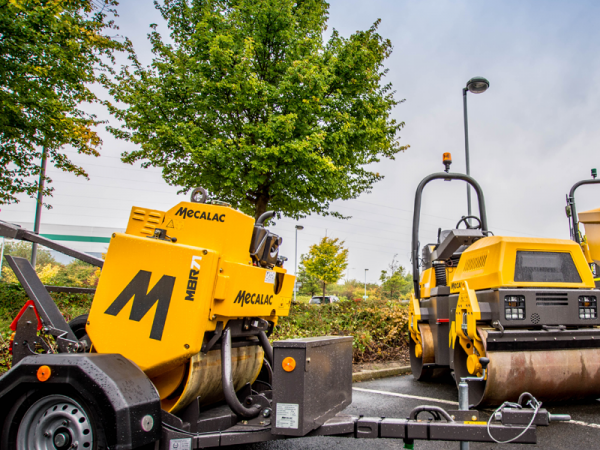The Different Uses Of Mecalac Compaction Rollers

A compaction roller is one of the most useful pieces of construction machinery, helping in the building of roads and foundations.
Like its name suggests, it compacts materials, such as soil, gravel, concrete and asphalt, and is mainly used in the construction of roads, as well as in the agricultural sector and on landfill sites.
They are not only useful for construction, but also in repairing and resurfacing the ground. For instance, they are needed to fix problems with footpaths, cycle lanes, highways, major roads and even playgrounds.
The size of machinery required depends on the scale of the work that needs doing. For instance, a single-drum Mecalac roller is the perfect choice for smaller resurfacing jobs, as the pedestrian rollers are more compact and are easier to move in tight spaces.
They can be handled by the arm, with rubber couplings in the drum to reduce vibration for added comfort for the user.
What’s more, its safety mechanisms include a ‘hold to run’ handle, which means the hydraulic drive stops if the user lets go of the control lever.
On the other hand, big projects are likely to require Mecalac tandem vibratory rollers, which are larger pieces of machinery with a seat.
These are designed for more vigorous jobs, but are still very manoeuvrable and deliver a tight turning circle.
Despite their size, the tandem drum rollers are still easy to handle, and thanks to their hydrostatic power management, they are able to climb hills without a problem.
The largest is the TV1200, which has an operating weight of 2,925kg and engine power of 18.5kW. It can travel at 10km/h, and can handle a static linear load of 12.18kg/cm.


